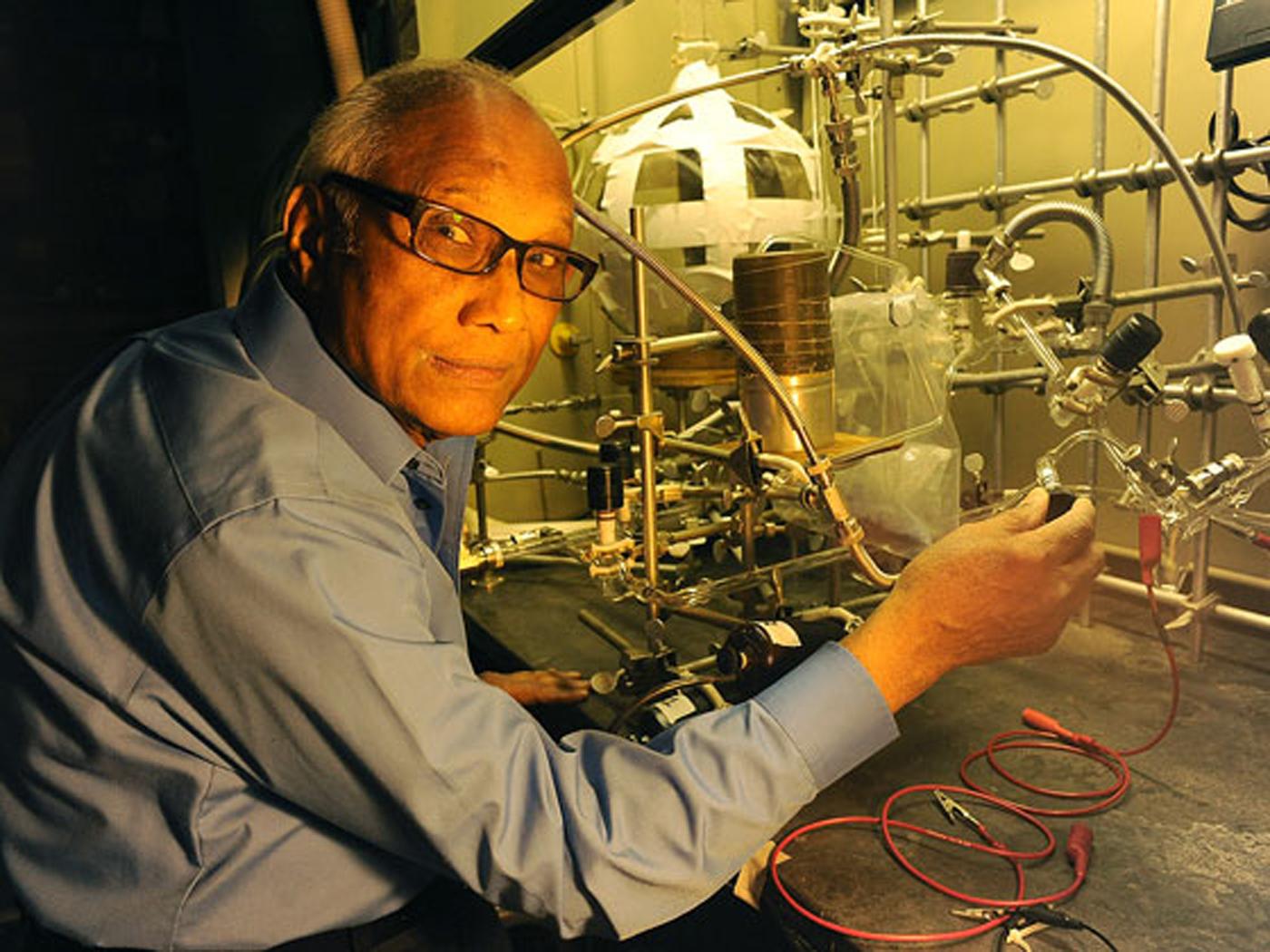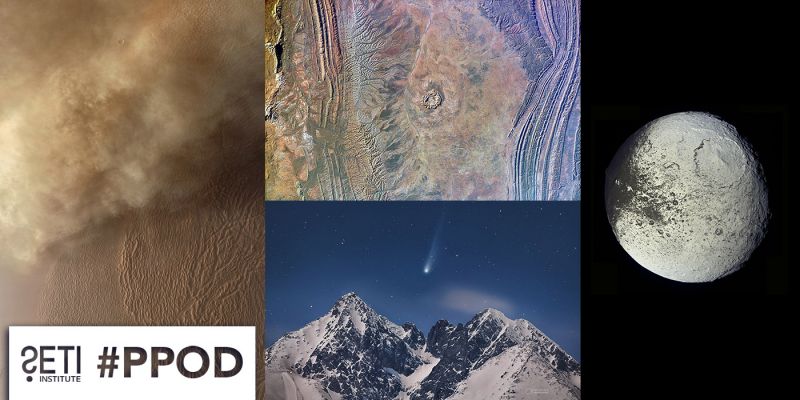
Bishun Khare, who studied the manner in which planets and moons naturally build up organic molecules in their atmospheres, died quietly on August 20 at the age of 80.
A research scientist at the SETI Institute who worked at NASA’s Ames Research Center, Khare was also an adjunct professor of physics at San Jose State University. In the course of his career, he investigated the formation of compounds that make up the thick haze shrouding Saturn’s moon Titan as well as the methane and other organic compounds in the geysers that erupt from its sister moon, Enceladus. Many of these compounds were brought into being via photochemical reactions, in which energy from sunlight interacts with the natal gases of a planet or moon.
These processes are of as much interest to the biologist as to the chemist, for they could be important precursors to life. Khare’s interest in biology-relevant chemistry dates to his work with astronomer Carl Sagan in the early 1970s. The two of them followed up an experiment performed at the University of Chicago two decades earlier, in which water and atmospheric gases were “cooked” by artificial lightning into amino acids – a result that seemed to show a natural pathway for the emergence of life on Earth. Khare and Sagan refined the Chicago experiment by using an updated mix of atmospheric gases – a better analog for the air that is thought to have blanketed the young Earth. Their effort confirmed that amino acids could be easily formed in the primitive terrestrial atmosphere of four billion years ago.
Khare’s work in understanding the principal molecular component of Titan’s haze – tholin – adopted a similar approach. Sparks and ultraviolet light provided the energy to create tholin in a laboratory mix of gases designed to be an analog of the Titan atmosphere. Khare then measured the spectral “fingerprint” of this material over a very broad range of wavelengths, from microwave to X-ray. This widely cited work has been of tremendous significance for studying other Solar System bodies at a distance.
Khare also took an interest in the properties of carbon nanotubes, a hi-tech material that he envisioned will find increased use in space exploration. He had several patents in this area.
Born in Varanasi (also known as Banares), India, Khare earned degrees in physics, chemistry, and mathematics from Banaras Hindu University. His doctorate in physics was from Syracuse University, and he did post-doctoral research at both the State University of New York (Stony Brook) and at the University of Toronto. From the 1960s to the 1990s, he worked at Cornell University, and published approximately 100 papers with Carl Sagan. In 1996, he moved to NASA Ames as a Senior National Research Fellow, and in 1998 joined the SETI Institute.
Khare was enthusiastic and passionate about his work, but was also universally lauded for his gentle manner and extraordinary kindness. He leaves behind a remarkable legacy of exceptional competency and singular decency.





